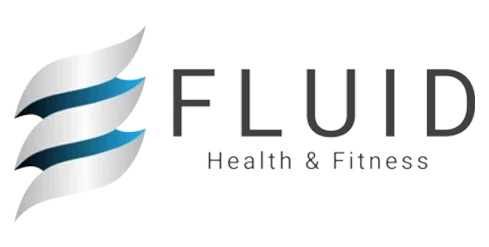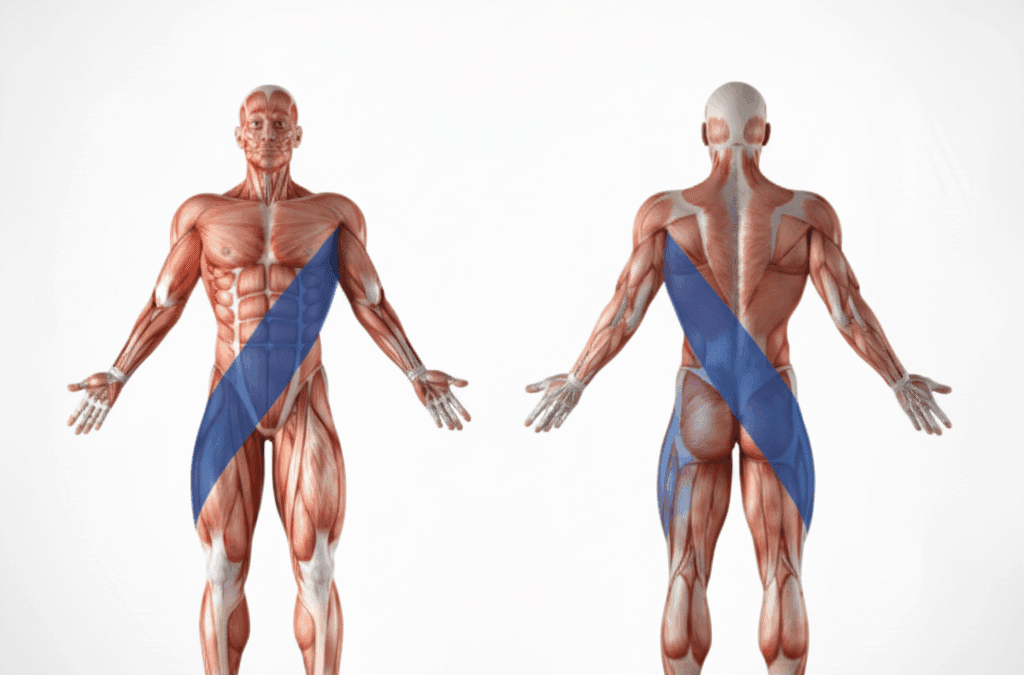Think about the last time you carried a heavy grocery bag in one hand.
Did your body tilt to the side? Did you feel your back straining?
Here’s the uncomfortable truth: if your body was truly stable, that wouldn’t happen.
And it’s not your “six-pack” that saves you—it’s something most people have never heard of: your oblique slings.
The Myth You’ve Been Sold
Most of us were taught to believe that core strength is about crunches, planks, and sit-ups. Flat stomach, tight abs, problem solved.
But here’s the problem: those exercises train you to flex forward, not to hold your body together when life pushes you sideways.
That’s why you can spend hours in the gym and still tweak your back lifting a suitcase, stumble carrying your kid, or feel “off” when you run.
Your body isn’t weak—it’s misinformed.
Meet Your Hidden Anchors
Running diagonally across your torso are powerful straps of muscle and connective tissue called oblique slings.
-
The front sling runs from your ribs across your belly into the inner thigh.
-
The back sling ties your shoulder blade to the opposite hip through your lats and glutes.
Together, they work like the suspension cables on a bridge—quietly keeping everything upright, balanced, and strong.
When they fire properly, you feel anchored. Your ribs stack over your pelvis, your spine holds steady, and you can carry, crawl, and twist without falling apart.
When they don’t? That’s when you sway, strain, or stumble.
How You Built Them as a Baby
Here’s the fascinating part: you already learned to use these slings before you could walk.
-
As an infant, rolling from back to belly wired the front sling.
-
Crawling across the floor fired up the back sling.
-
Standing and taking your first steps forced them to work together.
In other words: your body knows this pattern. But modern life—chairs, screens, repetitive workouts—makes us forget.
You don’t need to invent stability. You just need to remind your body how to use it.
Why This Matters More Than Crunches
Let’s make this real.
-
Anti-Rotation: Imagine carrying a backpack on one shoulder. Your oblique slings stop your body from twisting into a pretzel.
-
Offset Loading: Ever juggle a toddler on one hip while unlocking the car? That uneven load forces the slings to hold you steady.
-
Braced Midline: Picture ribs stacked neatly over pelvis—like blocks in a Jenga tower. Misalign them, and the whole stack wobbles.
This isn’t just about athletic performance. It’s about not injuring yourself doing the ordinary things you do every day.
The Shift in Perspective
- Here’s where the dissonance hits:
You don’t need more “ab workouts.” You need to train your body to resist movement as much as create it.
Strength isn’t measured by how much you can push—it’s measured by how much you can hold.
When life gets unstable, your body should get reliable. That’s what the oblique slings are for.
The Takeaway
The next time you think about your core, don’t picture a flat stomach. Picture the diagonal anchors pulling shoulder to hip, rib to pelvis, locking your body in place when the world tries to twist you out of it.
If you want a stronger, safer, more resilient body—learn to anchor the twist.
At Fluid Health and Fitness, we teach you how to wake up these hidden systems and integrate them into movement—so you can stop compensating, stop getting hurt, and start moving the way your body was designed to.



